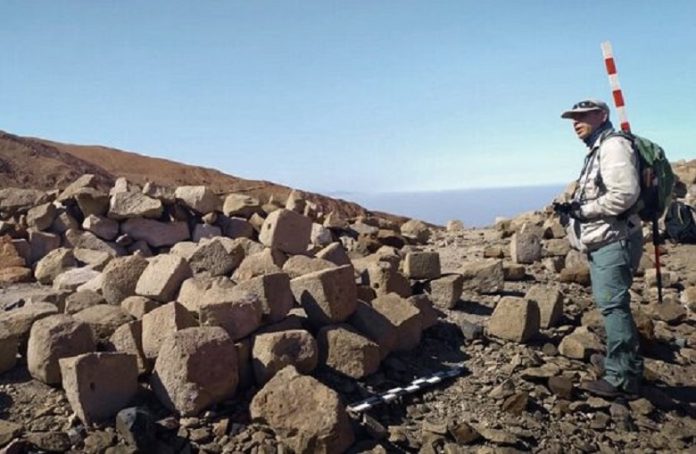The Peru government has made two significant finds after identifying two Inca quarries in the Canete area of the Lima region.
According to a statement from the Ministry of Culture, the two quarries have been uncovered on the the Cerros de Quilmaná and Cerro Quinta Freno.
The Ministry believes these are the only two quarries on the Peruvian Coast and the first and only Inca ashlar quarry.
“The impact is notable in Peruvian archeology and in the local history of Cañete,” its statement read.
“The investigations carried out so far have also discovered an entire network of roads and trails related to the production and mobility of carved stone blocks, associated with fragments of Inca ceramics, which are a clear reflection of the importance that this production center had for the Inca State in the 16th century.
“The relevance of this discovery lies in the fact that, so far, these quarries are the only ones identified on the entire Peruvian coast, at least for the final stage of the Tawantinsuyu, and that they could have supplied this select input to other Inca settlements, such as Pachacamac by the north and La Centinela de Chincha to the south.”
After these discoveries, the ministry has scheduled two further research projects to expand the findings around the two Inca sites.
It is believed that once the sites have undergone the necessary protections and valuations, a visitor experience can be developed to one of the two sites.
The researchers believe it is likely that these blocks have been moved from Cañete to Paredones de Nasca on the Peruvian coast, more than 300 km away, through the Inca trail, known as the “Camino de los Llanos.”
“The discovery of this network of Inca roads and the quarries at Cerro Quilmaná and Cerro Quinta Freno in Cañete, offer valuable research opportunities, which will allow us to know, study and explain the entire process related to the technology applied by the Inca master stonemasons , to the extraction, carving and polishing of lithic blocks that were used in various imperial works,” their statement read.
“These investigations being carried out would give an account of what would be an Inca stonework production centre, from where lithic blocks carved in the imperial Inca style were extracted, manufactured and distributed to the various settlements on the Peruvian coast, during the Tahuantinsuyo and even in the early colonial era.
“It will be an added value to the tourist offer that exists in the areas of Quilmaná and Asia, and also in Cañete. To do this, we will work together with local governments in the management of cultural resources in their area.”
Source: www.quarrymagazine.com








































